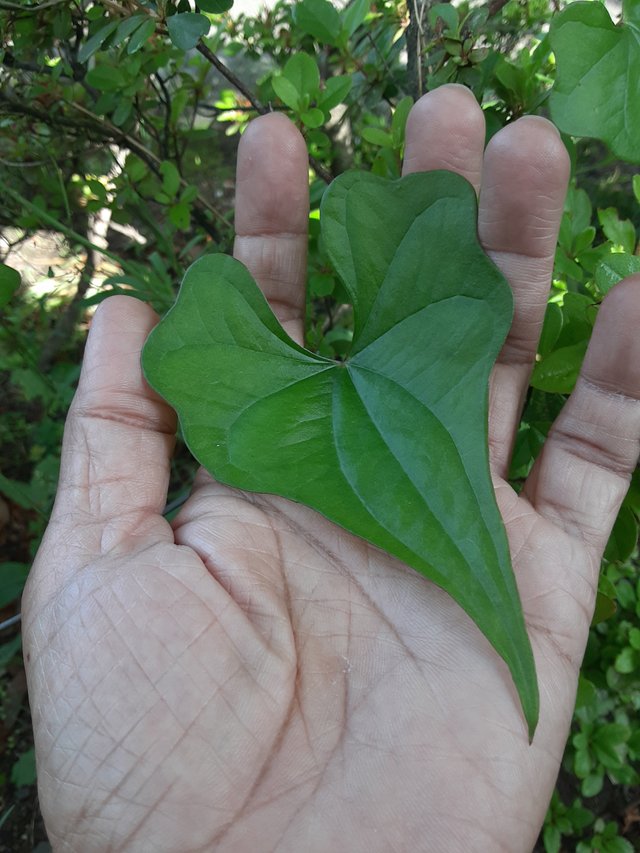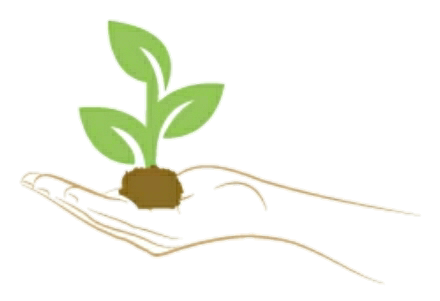
Dioscorea polystachya is a herbaceous, twining vine that is native to Asia. It is also known as the Chinese yam, cinnamon vine, or three-lobed yam. The leaves of D. polystachya are simple, heart-shaped, and up to 4.5 inches long and wide. They are typically green, but can be reddish-purple along the margins, petioles, and stems. The leaves are arranged alternately or oppositely on the stem, and can be borne in whorls.
D. polystachya is an invasive species in some parts of the world, including the United States. It is a fast-growing plant that can form dense mats that shade out native vegetation. It also spreads rapidly by vegetative reproduction, through its axillary tubers (bulbils).
The leaves of D. polystachya are edible, but they are not as commonly eaten as the tubers. The leaves have a mild, sweet flavor and can be cooked or used in salads.
Here are some additional facts about the leaves of D. polystachya:
- They have a high concentration of calcium, potassium, and magnesium.
- They are a good source of vitamins A and C.
- They have anti-inflammatory and antioxidant properties.
- They have been used in traditional Chinese medicine for centuries to treat a variety of ailments, including fever, cough, and diarrhea.
If you are considering growing D. polystachya, it is important to be aware of its invasive potential. It is best to grow it in a contained area, such as a pot or a raised bed.
Ref.:
 |  |
Upvoted! Thank you for supporting witness @jswit.
Downvoting a post can decrease pending rewards and make it less visible. Common reasons:
Submit